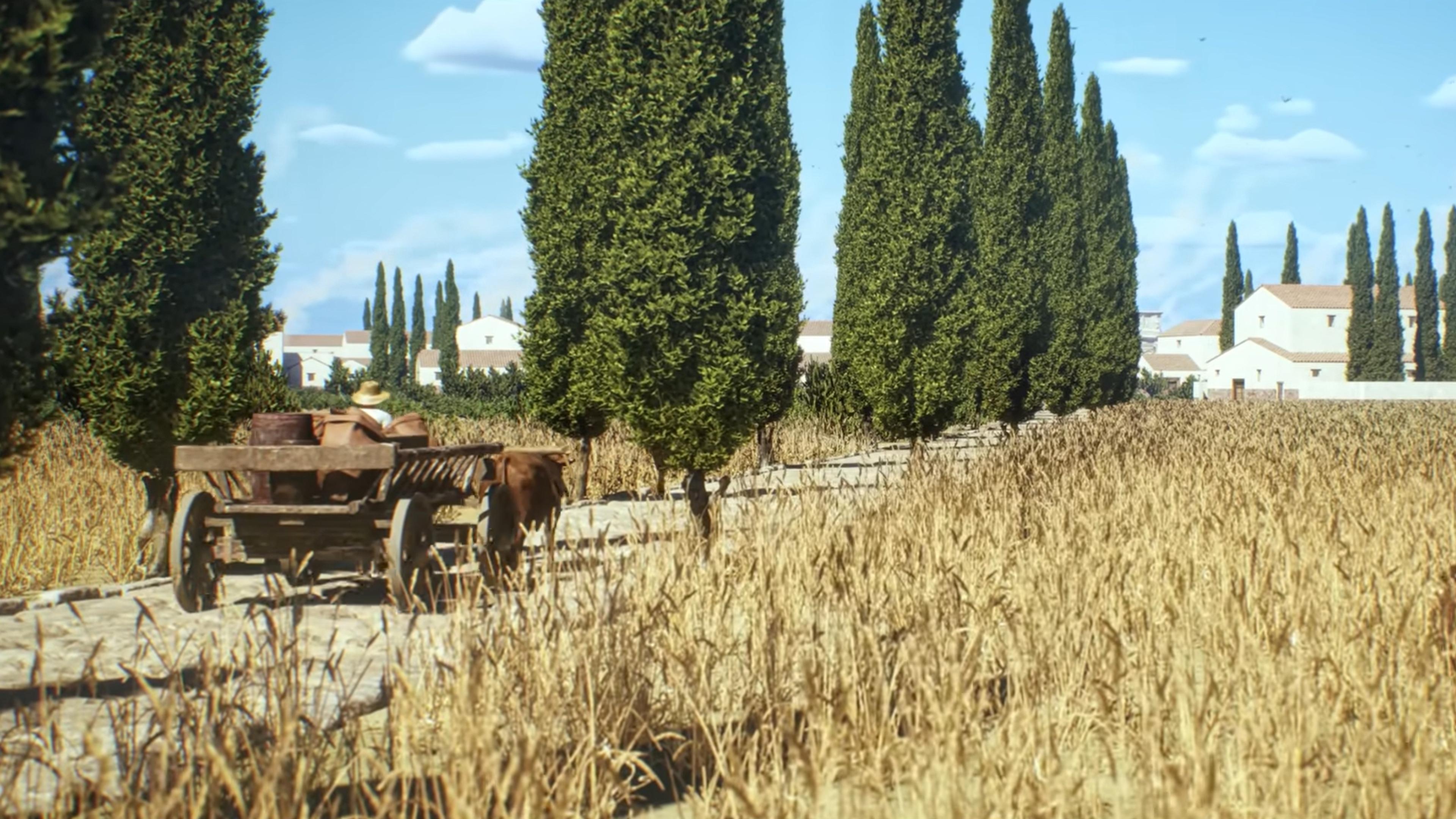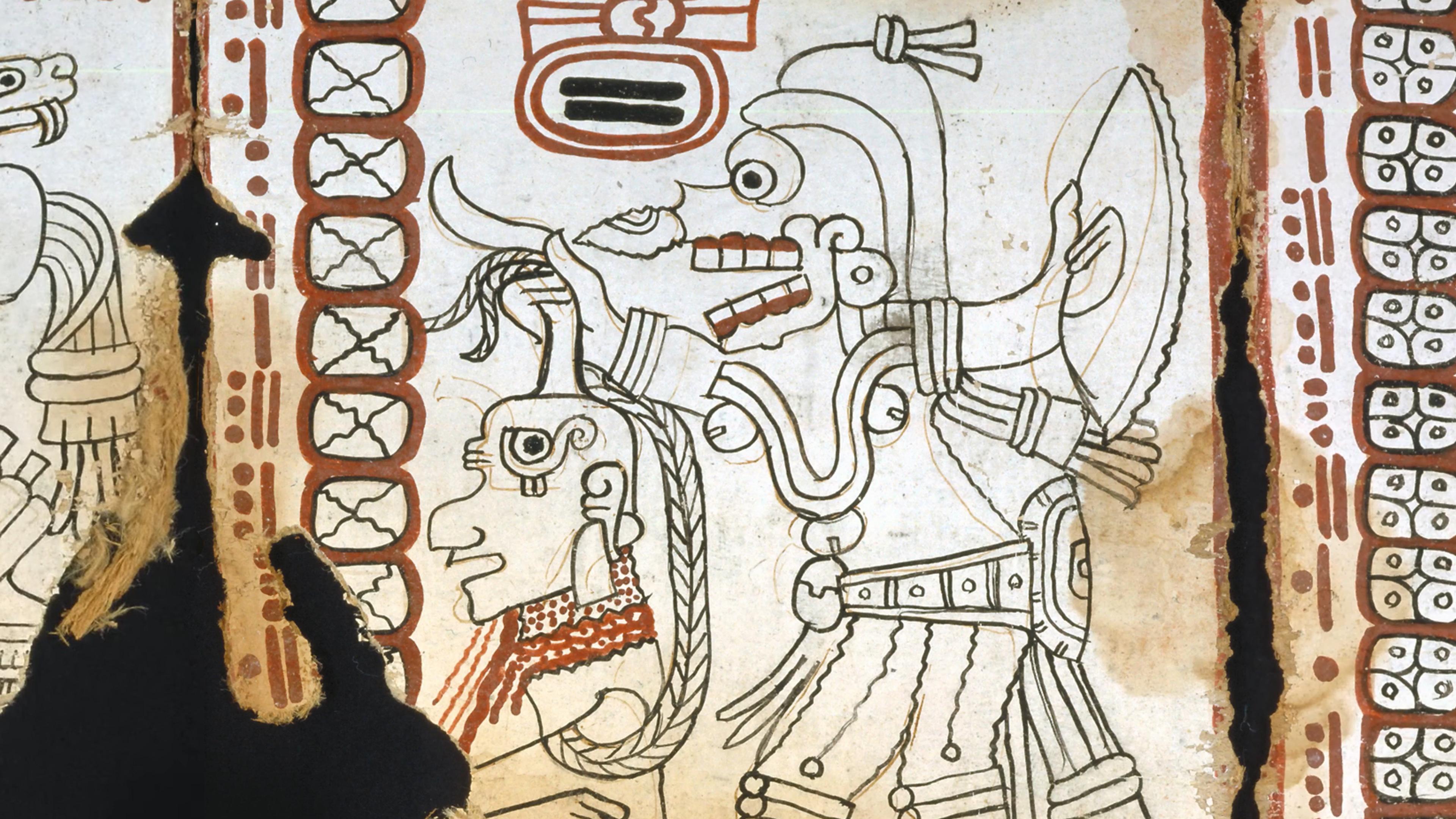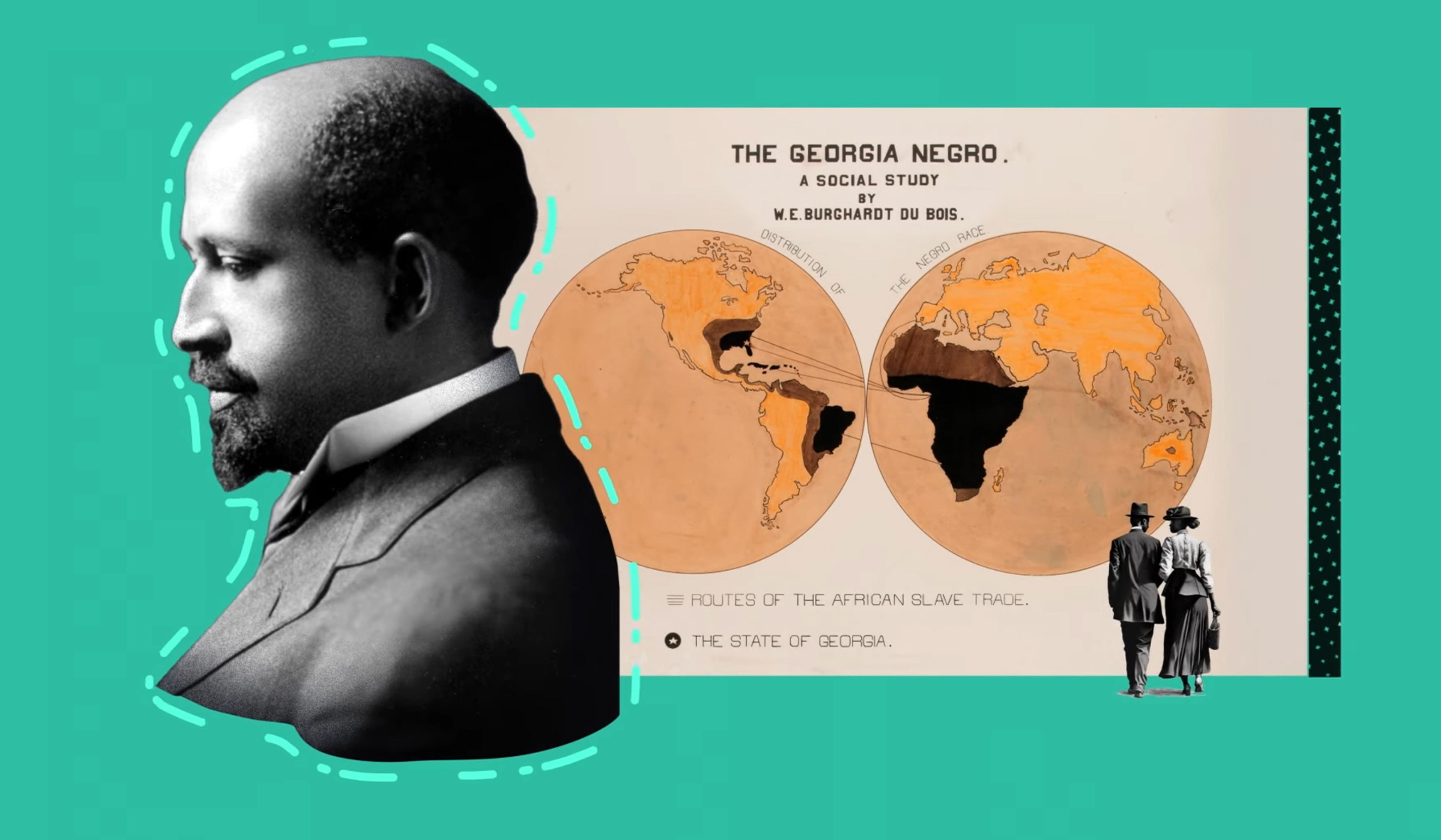The journey from textual descriptions and valiant guesses to the exceptionally accurate maps of today was a millennia-long enterprise of small steps. However, as the US graphic designer and video producer Jeremy Shuback explores in this brief history of mapmaking, the endeavour took a somewhat giant leap with the project that would later become known as the Catalan Atlas (1375). The ambitious project, which was assembled mostly by Jewish cartographers, combined the mapmaking expertise of the Muslim world and the nautical prowess of the Christian world. And, as Shuback details, in addition to being perhaps the most accurate and important map of the Middle Ages, it was also quite beautiful, with detailed illustrations of ancient rulers, Christian mythology and more woven into the landscape.
Via Open Culture








